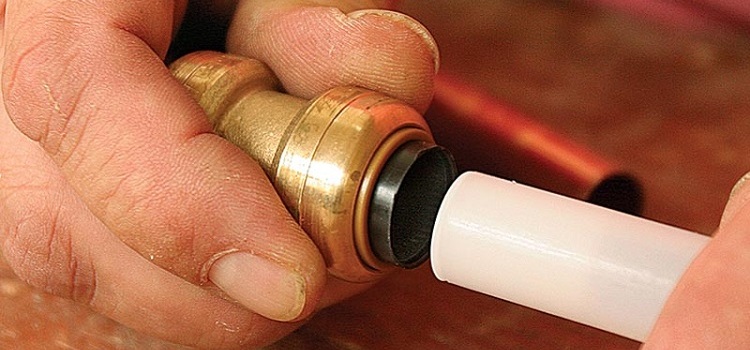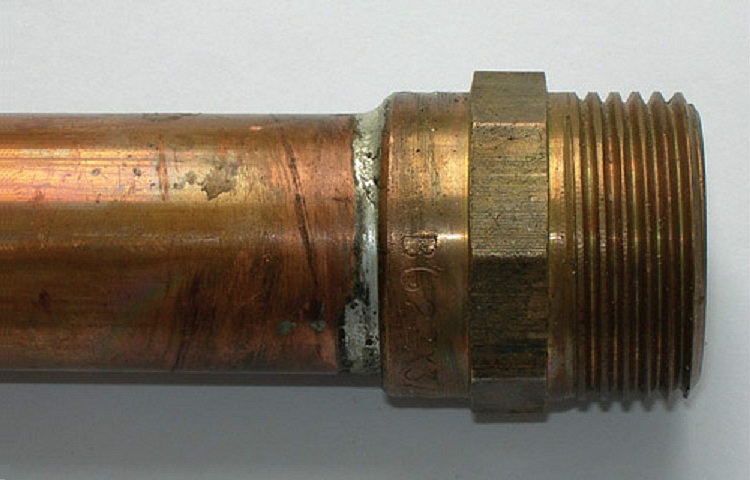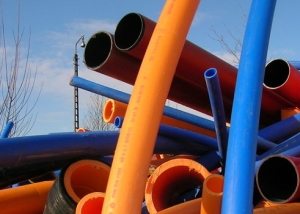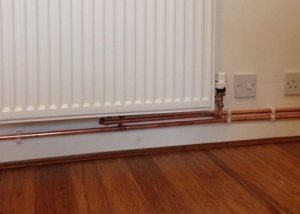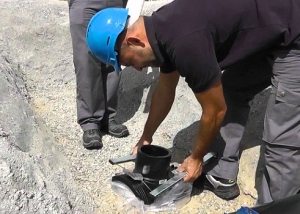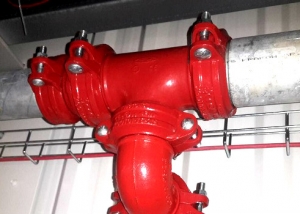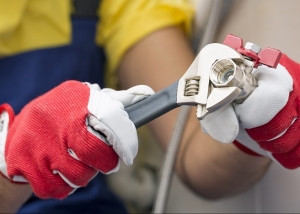Brass fittings (English fitting - installation, assembly) are special connections that are used in the installation of pipelines. They provide fixation of pipes in places of bends, branches, combining two pipes with different diameters. These fittings are the most common type of pipe mount. Buyers prefer them because their assortment is much more diverse than fittings from other metals. This allows you to use them when installing any type of pipe: steel, HDPE, metal-plastic and others.
Content
About Material
Due to its plastic qualities, brass is a high-tech material. Brass alloy contains copper (Cu) with the addition of zinc (Zn) in different proportions. In addition, the composition can be reinforced with diluting elements.
Brass in itself is not as resistant to the harmful effects of corrosion as copper, so often a protective layer of chromium (Cr) or nickel (Ni) is applied to the surface of the fitting. This alloy, in comparison with other materials that are used in the manufacture of fittings, has lower electrical and thermal conductivity, which also goes to the treasury of positive qualities. It is not for nothing that brass fittings are the most competitive in the market.
The main characteristics of brass:
- Melting point - 900-1045 ° C.
- Density —3000—5500 kg / m3 cubic.
- The specific heat at 20 ° C is 0.377 kJ / kg-1 / K-1.
- Electrical resistivity is 0.07-0.08 Ohm / m.
Important! You should always pay attention to the differences of the connecting brass elements. It is very important to be picky about the little things. Otherwise, you can purchase a fitting with a thread in the other direction, etc.
Types of brass fittings for use
As mentioned above, the range of fittings, which include brass, is very wide and diverse, as is the scope of their use. Among the main types can be distinguished: tees, couplings, nipples and fittings of other types that are used in the installation of pipes.
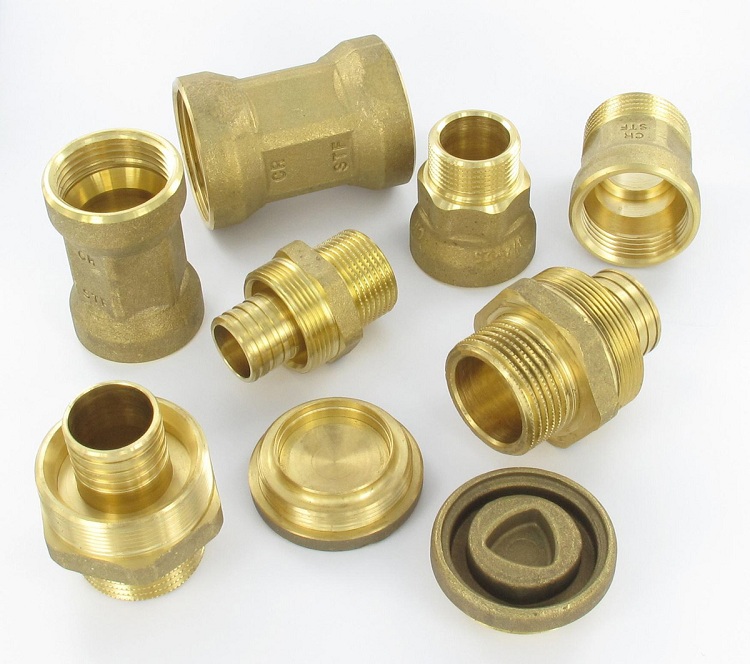
From brass, there are a lot of varieties of fittings that can solve any problem when installing a water supply
Bends - using this type of fittings, a connection is made that changes the position of the pipes in the working range from 45 to 120 °.
Tees - this type of fittings allows you to connect three pipes, of which one is perpendicular to the other two. Thanks to the tee, it is possible to branch the pipeline section from the main highway.
Crosspiece - a fitting that interconnects 4 pipes, after which they turn out to be located to each other at an angle of 90 °.
Bends are parts of small pipes that have an external thread at one of their ends. Used to increase the length of the pipe, which ensures its connection with the remaining parts of the pipeline. The lengths of brass runs are 100, 150, and 200 mm. Drives are also found with shorter lengths - they are called "barrels".
"American" is a more convenient variation of the drive. It uses a union nut to join the pipes. The options for this type of fittings are quite diverse and differ in shape.
Plugs are brass parts that provide a tight blockage of the pipe at one of its ends.
The union - the uniting detail. The thread is applied at one end.
Nipple is a threaded part that connects to pipes and fittings. The thread is located on the outside at both ends.
Futorka - used to install a variety of instruments on the pipeline that perform measurement functions. This type of fitting is mostly used in the installation of pipes that are part of the hot water supply and heating systems. It is a sleeve with an external thread on one end and an internal thread on the other.
Important! When choosing a fitting based on a brass alloy, several aspects must be taken into account, without which it will not be possible to purchase a quality product. Brass in itself is quite heavy metal. Thin walls and light weight may be the first warning that there is a fake in front of you. For example, the weight of a fitting with a cross section of 20 mm cannot be lower than 200 grams. Therefore, you should be careful about buying fittings. It is advisable to purchase goods in specialized stores that have all the documents and certificates.
Brass fittings are recommended for use in compliance with the technical parameters of operation. The temperature of the medium in the pipeline into which the fitting enters must not exceed 2000 degrees. In addition, restrictions apply to pressure inside the pipes. The normal pressure indicator for a system of HDPE, steel or metal-plastic pipes, in which brass parts are included, should not exceed 20 bar excluding steam and 10 bar if steam passes through the pipes.
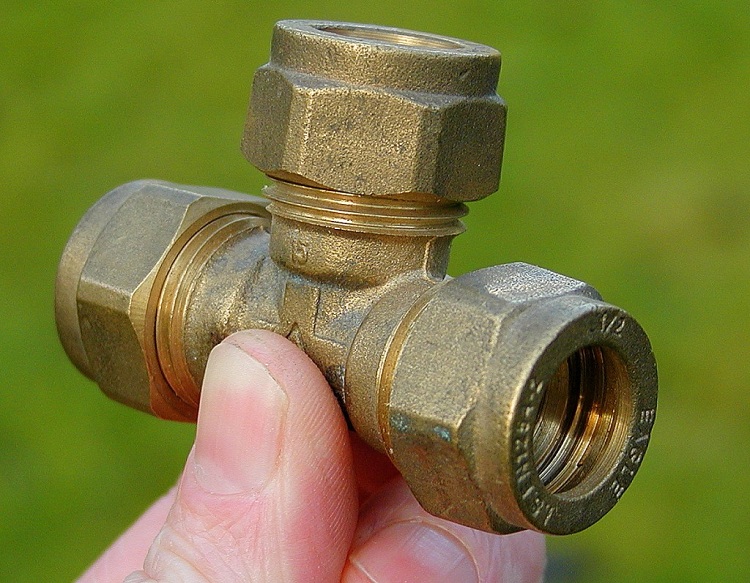
When buying, you should pay attention to the appearance of the fitting, the presence of a trademark and marking
Varieties by mounting method
According to the method of fastening to the pipe, fittings are divided into two groups: detachable and one-piece. The first group includes brass threaded fittings. The second group of fittings includes parts with an integral connection. These include: press fittings, compression fittings attached to the pipe by capillary soldering or welding, as well as adhesive.
Threaded fittings - the most popular among the people and easy to install variety. It is a collapsible, compact design for connecting pipes using threads. Such parts have a drawback in that a connection of this type has to be sealed in most cases with special materials, such as plumbing fiber, FUM tape, etc. A fitting of this type has an external (LV) thread, internal (BB) and combined. The detachable mount is very convenient in itself. With it, parts with small diameters are connected. When performing installation taking into account these threaded type products, standard wrenches or gas wrenches are used.
Compression fittings provide a detachable connection and allow quick and high-quality repair and installation of piping systems, even in places that are considered difficult to access. It is also convenient to use them when connecting pipes with different diameters or if 2 pipes are not made of identical materials. Such a fitting consists of a body, a sealing part and a clamping ring.
Press fittings - appeared not so long ago, but have already managed to win a huge niche in the market and compete with other types. They are classified as one-piece fittings. The peculiarity of this type of connection allows the pipeline to be held so that it will not be visible. For example, in a wall or under the floor, pouring concrete into the structure. Such an operation allows the highest reliability of the press fitting fastening. That is why they are often used in the installation of "underfloor heating." In order to install the press fitting, use special crimping tongs (pliers). Moreover, this type of installation is simple.
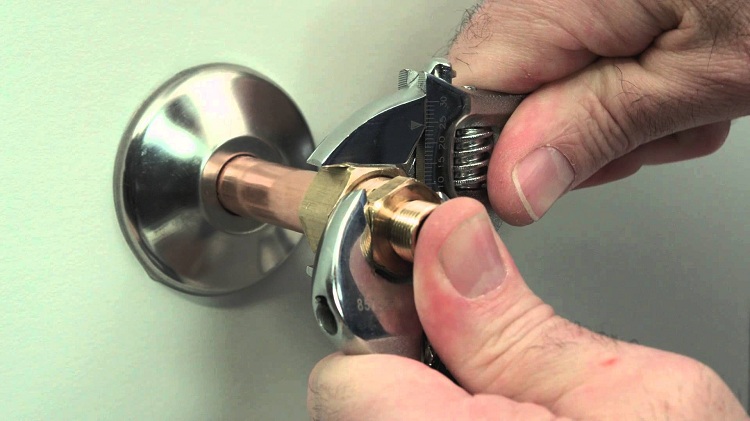
To realize a collapsible connection, you should choose a compression or conventional threaded fitting
Fittings connected to pipeline elements by welding or capillary soldering - this type of connection is used much less often than the others, because their installation requires specialized equipment and professional skills of the installer. More often masters use the method of capillary soldering. With its help, there is a seal and reliable sealing of the connection. A soldered joint cannot be dismantled.
Important! Fittings made of the same material or brass are well suited to copper pipes. For HDPE pipes, brass and plastic fittings are usually selected. However, low-pressure polyethylene is a rather unpretentious material, and therefore does not require special restrictions.
Several ways to connect pipes to a fitting by welding
Butt welding. This technique requires a welding machine, the molten ends of the pipes are pressed tightly by this device to the fitting, resulting in a single seam. A very important point is that the diameter of the pipe must be the same size as the diameter of the fitting. Then there will be no problems with the seam. As usual, this method is used for the installation of pipes indoors. In principle, when working, you can use hand tools for clamping, but it is much more complicated. It is not always possible to firmly fix the pipe before cooling the seam.
Socket welding. The method is the same, only the outer surface of the pipe should fit the inner diameter of the fitting. In this case, use another soldering iron.
Electrofusion welding. Work with this type of welding is performed identically with the previous two cases. With one difference - you need to add a union sleeve.
HDPE Pipe Brass Fittings
HDPE pipes are polymer products that are made from low pressure polyethylene.
Fittings, which include brass, are especially often used as joints between plastic pipes. These brass products are most popular when wiring pipelines made of polyethylene with a diameter of 32 mm. This size is the most common in domestic plumbing systems.
It is worth noting a number of advantages of using brass parts in a polyethylene construction:
- light weight;
- relative ease of installation;
- brass does not change the chemical composition of water, so this material can be considered environmentally friendly
- resistance to low temperatures;
- reasonable price for brass parts;
- a smooth surface does not allow salts to settle on the walls and block the passage of water;
- long term of use (up to 50 years).
In addition, polyethylene is not sufficiently durable material and the presence of brass components gives the overall design an additional percentage of stability. This item is especially important for underground pipelines.
Important! Particular attention should be paid to chrome fitting. It can be made with a layer from 0.3 to 1.4 microns, nickel plating - from 12.6 to 15.3 microns. If the protective layer is too thick, then during installation or during operation it may crack. Also, frequent assembly and disassembly of the piping system may cause problems. The protective layer can simply be erased, which entails the appearance of areas affected by corrosion.
In conclusion, it should be noted that the fittings, which include brass, still have their drawbacks. For example, they need to be checked periodically, because brass, as a material, is prone to seasonal cracking. Especially if, due to mechanical influences, the protective layer is worn out.Nevertheless, brass fittings are firmly in the lead in plumbing stores and it is precisely his people who usually choose to connect piping systems at home. Do not forget that when choosing such a part, you need to study as much material as possible about it or consult specialists to help you choose a good and durable product.
